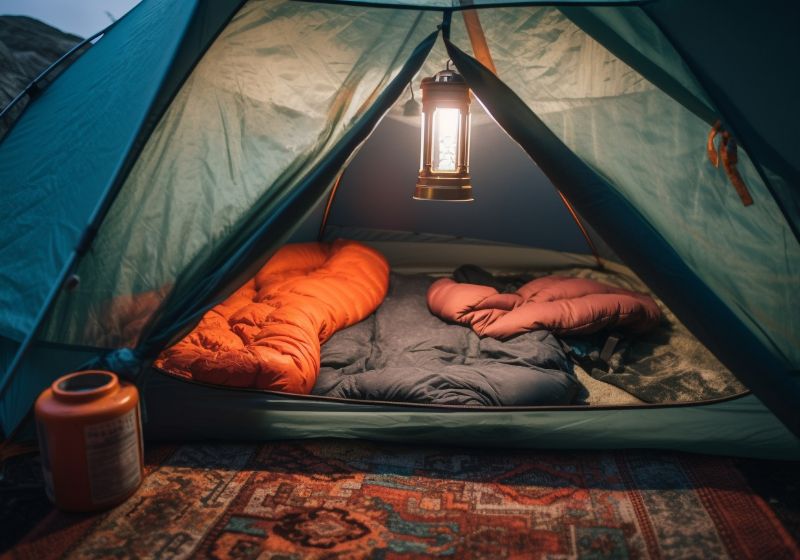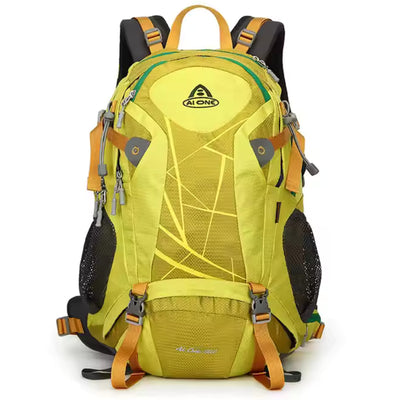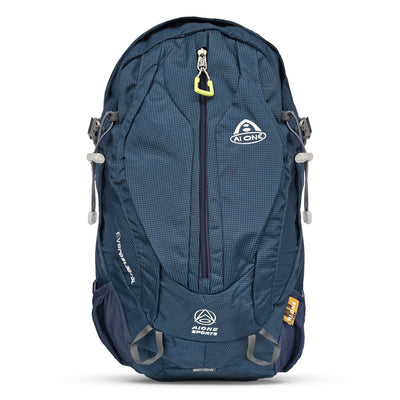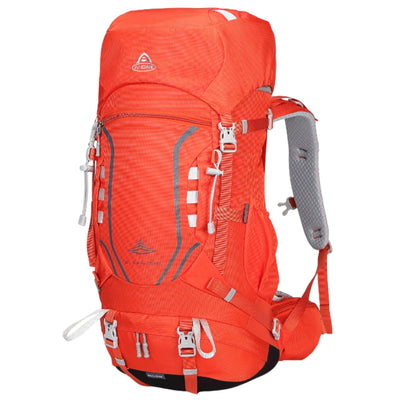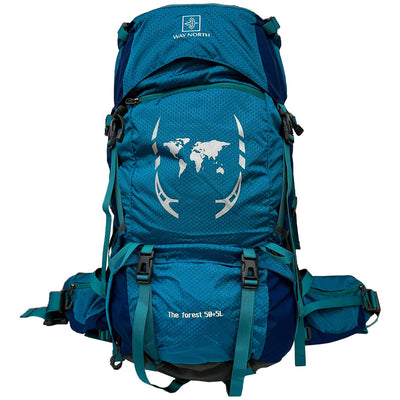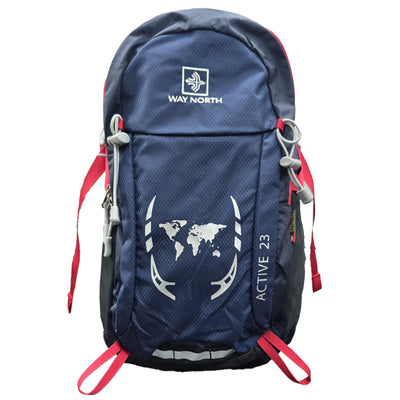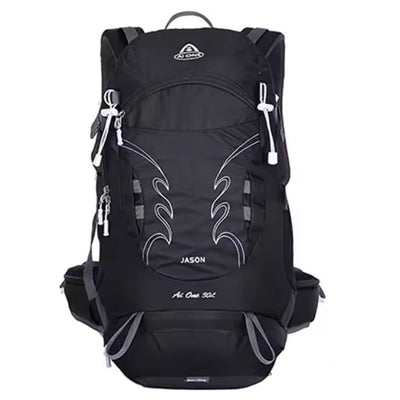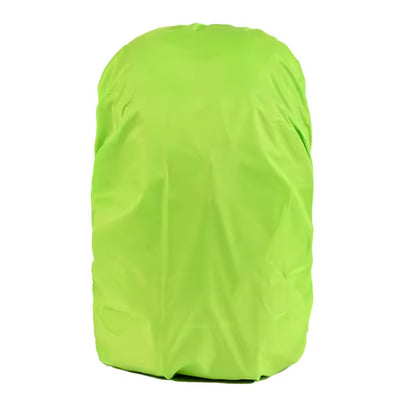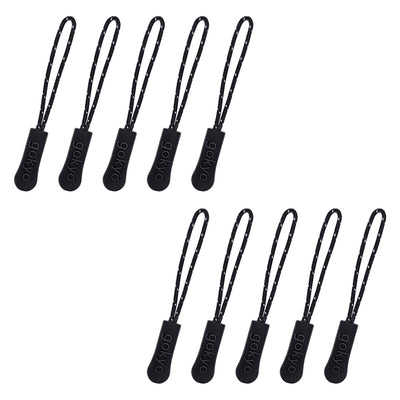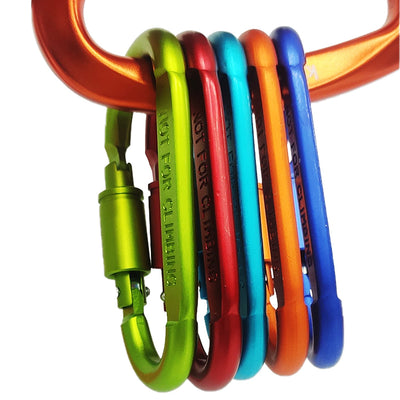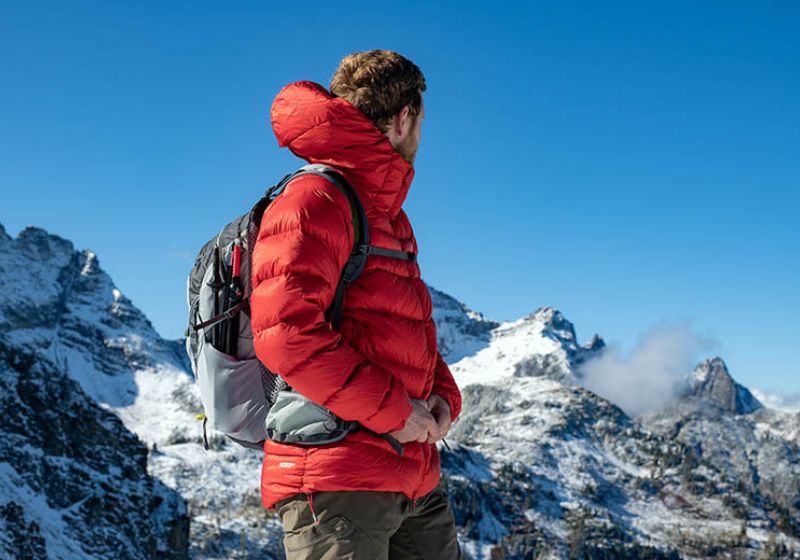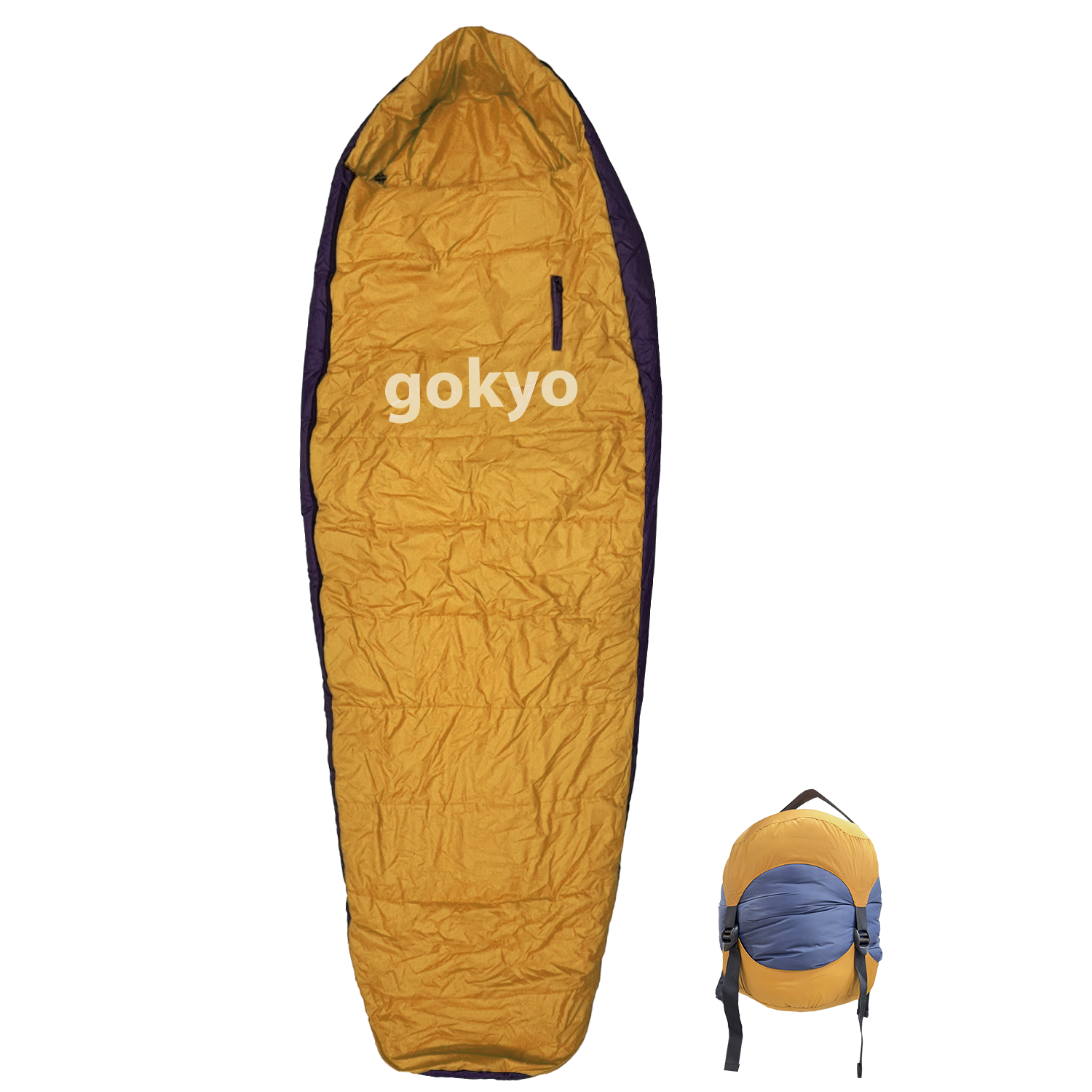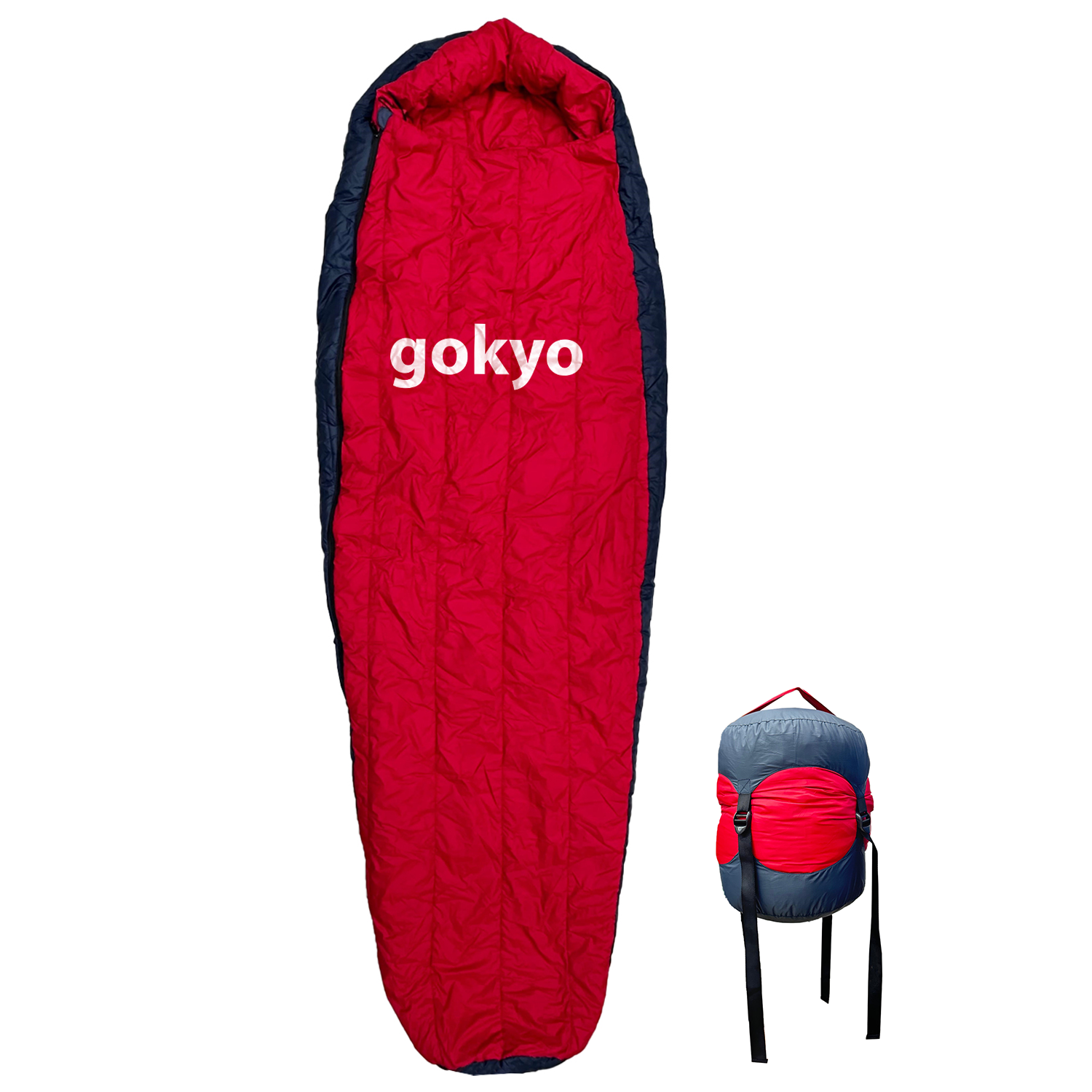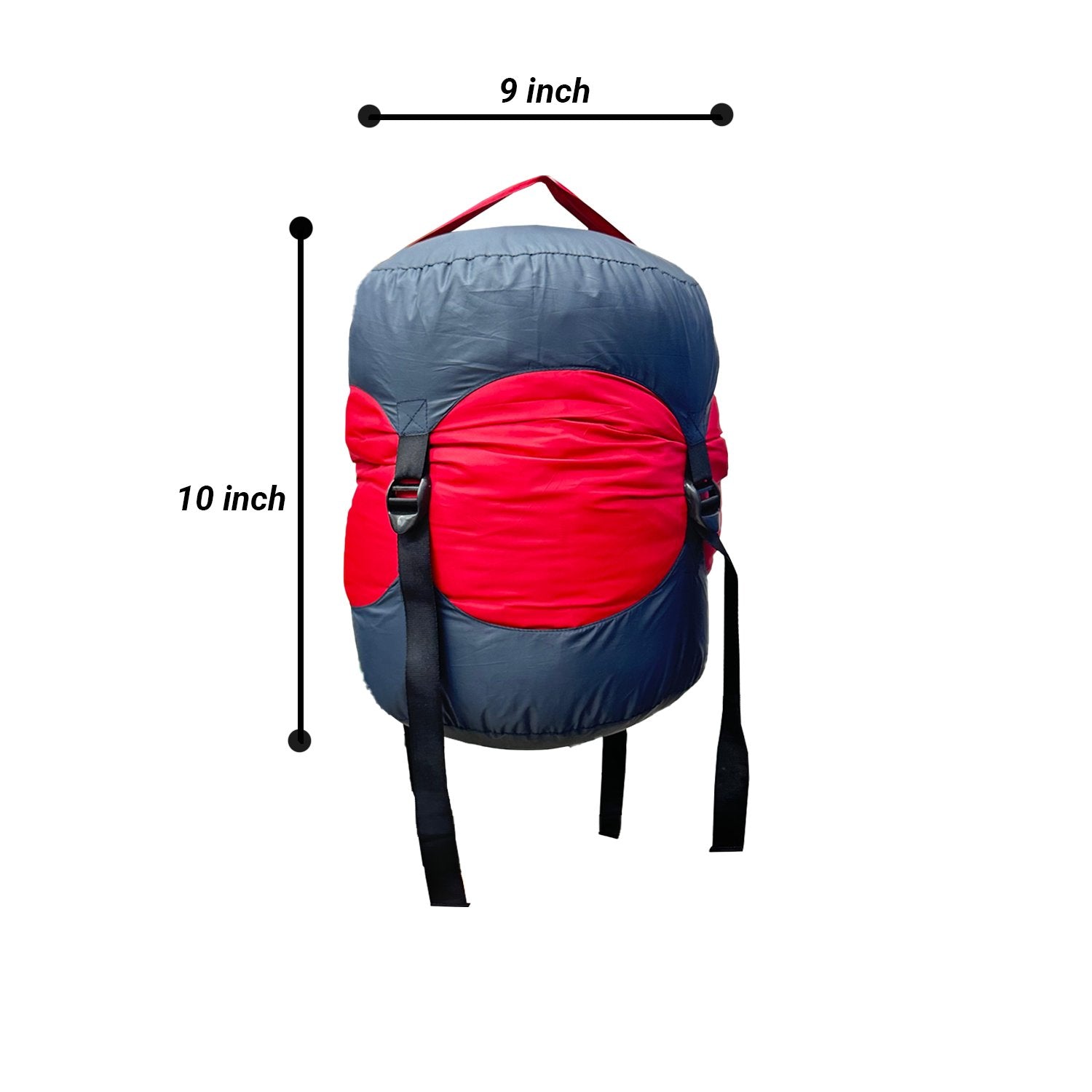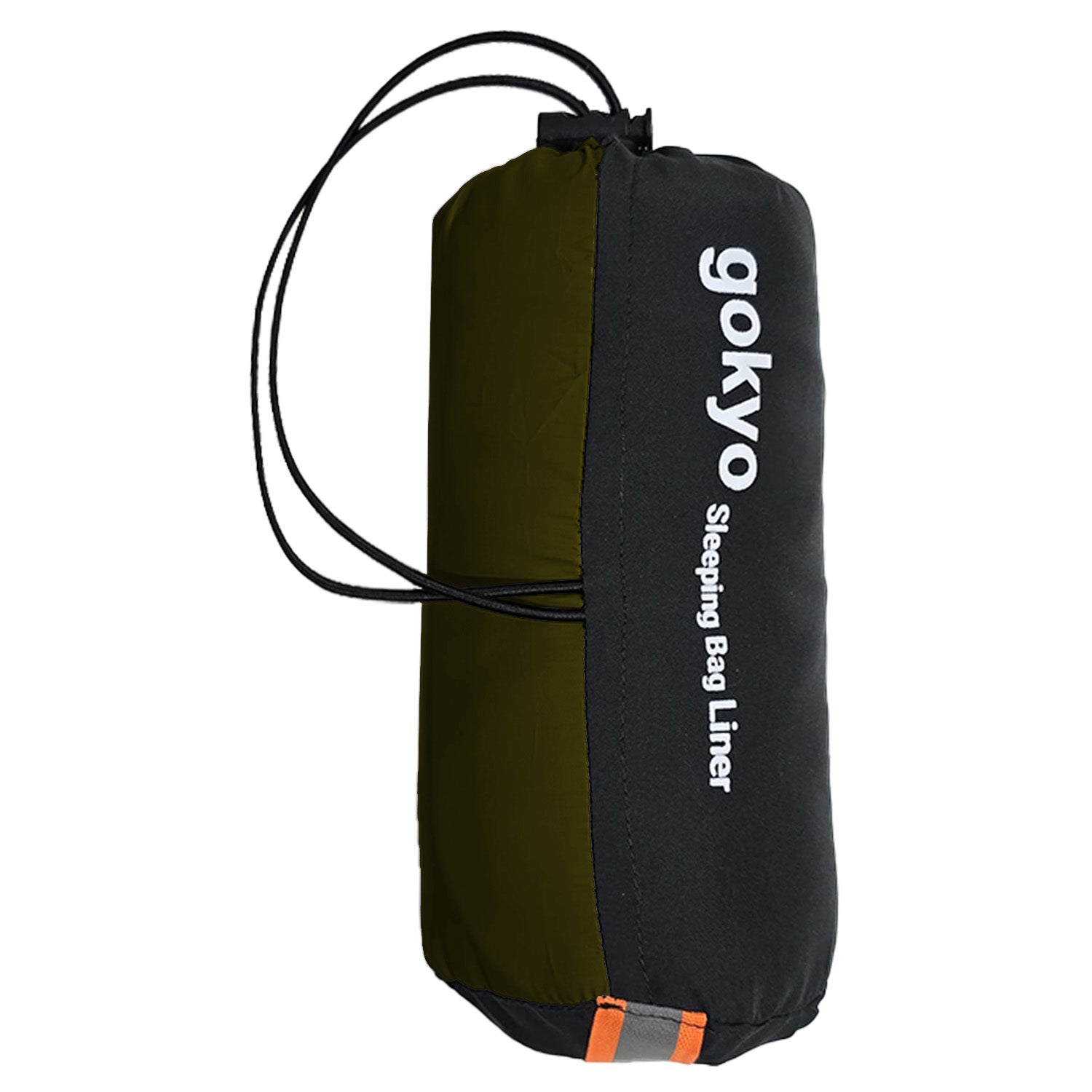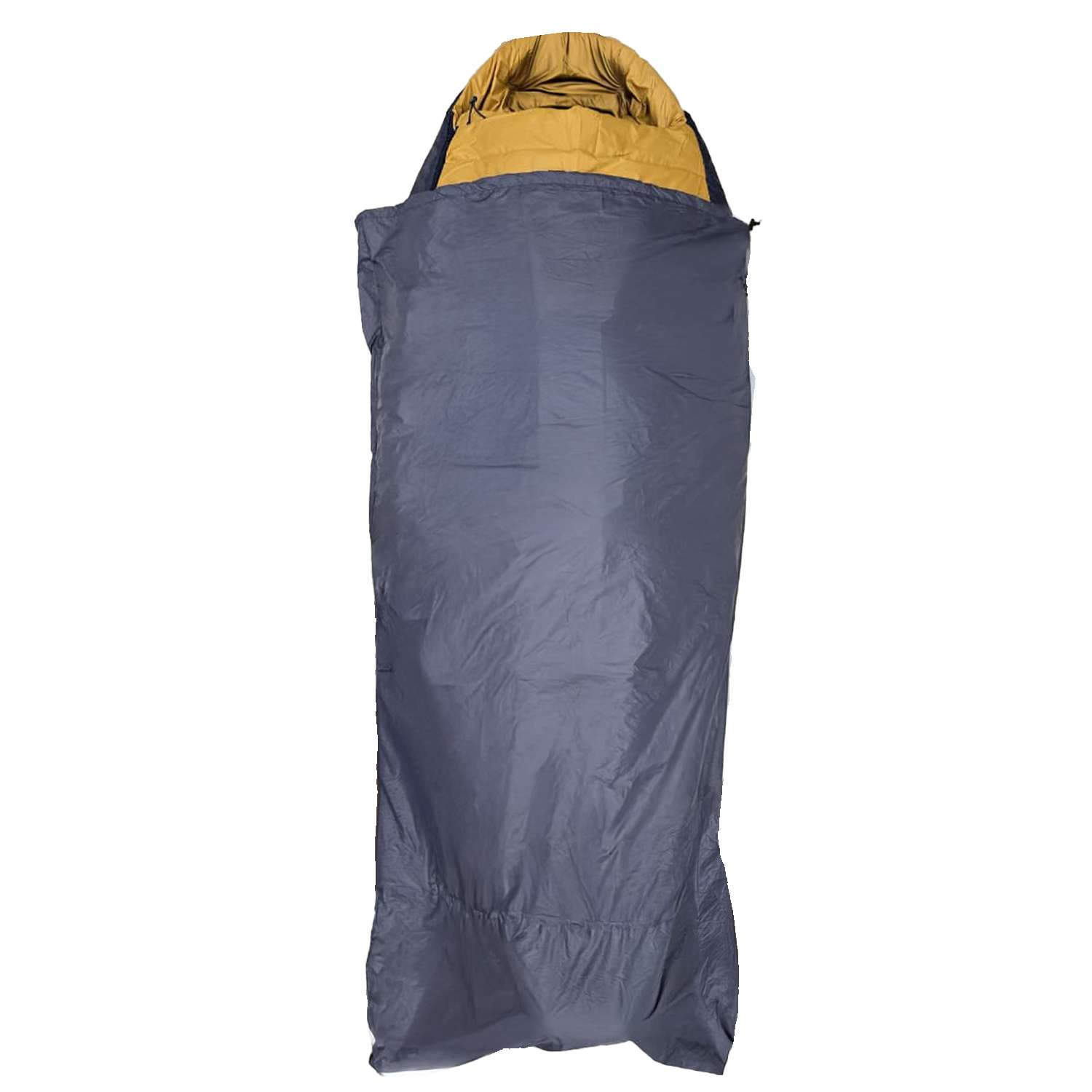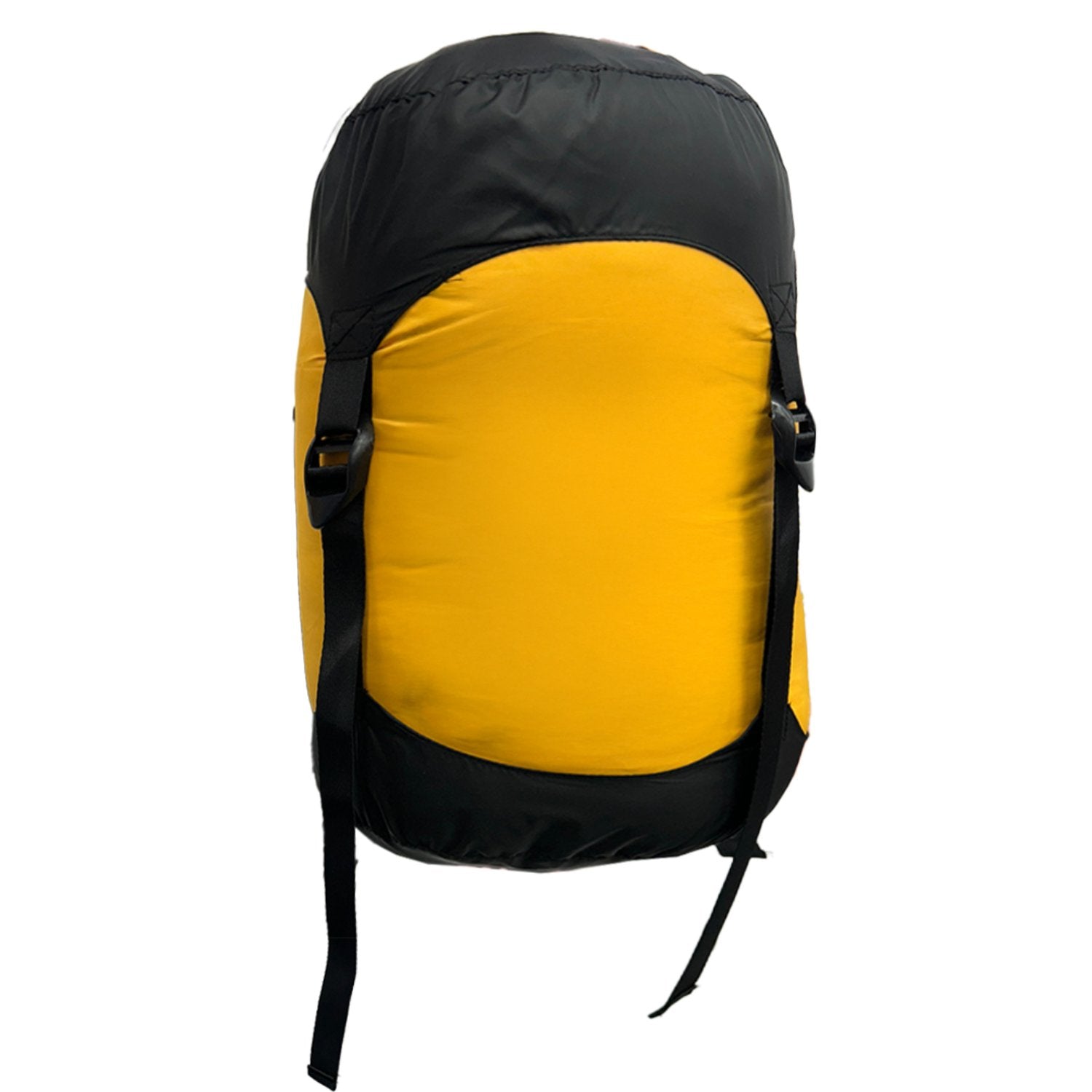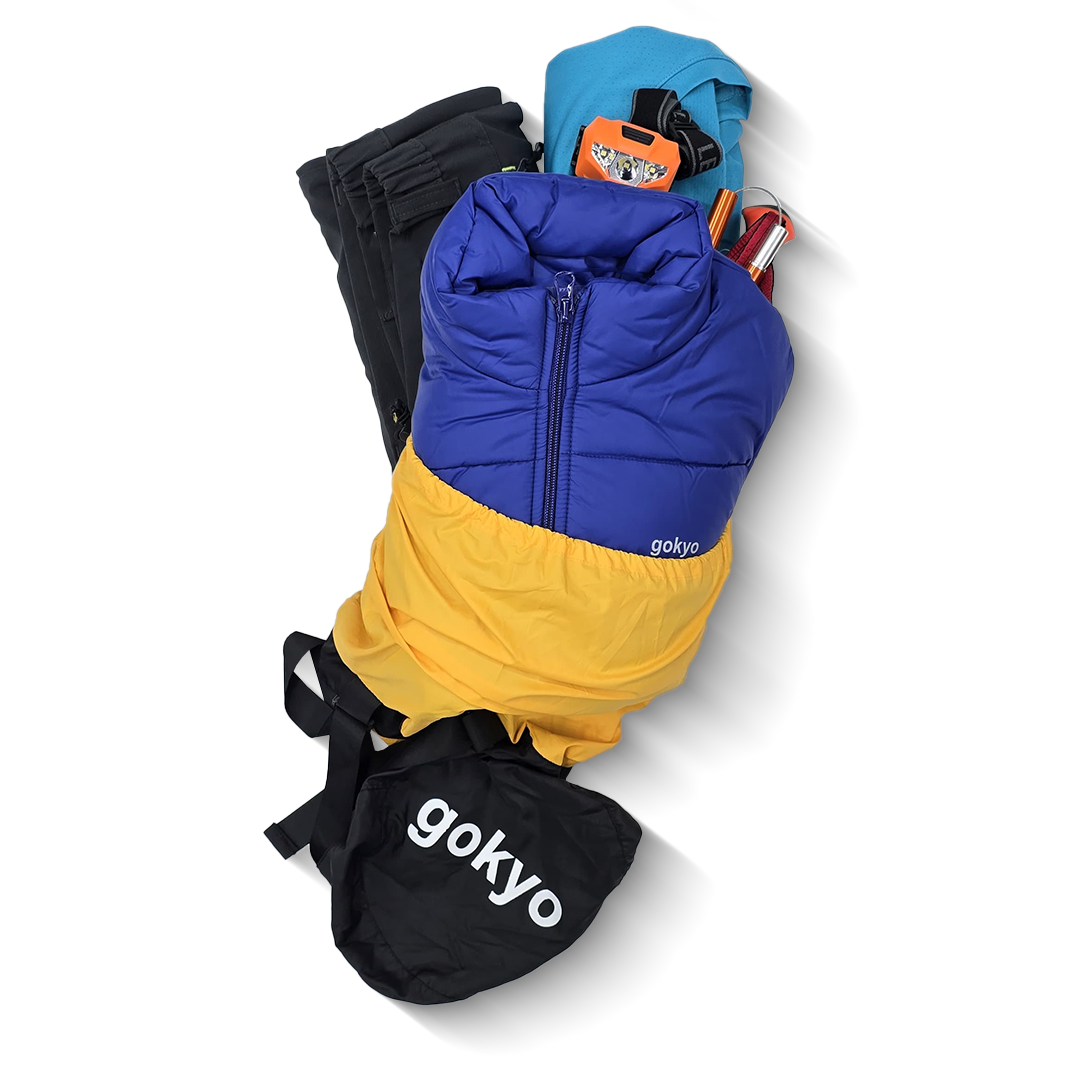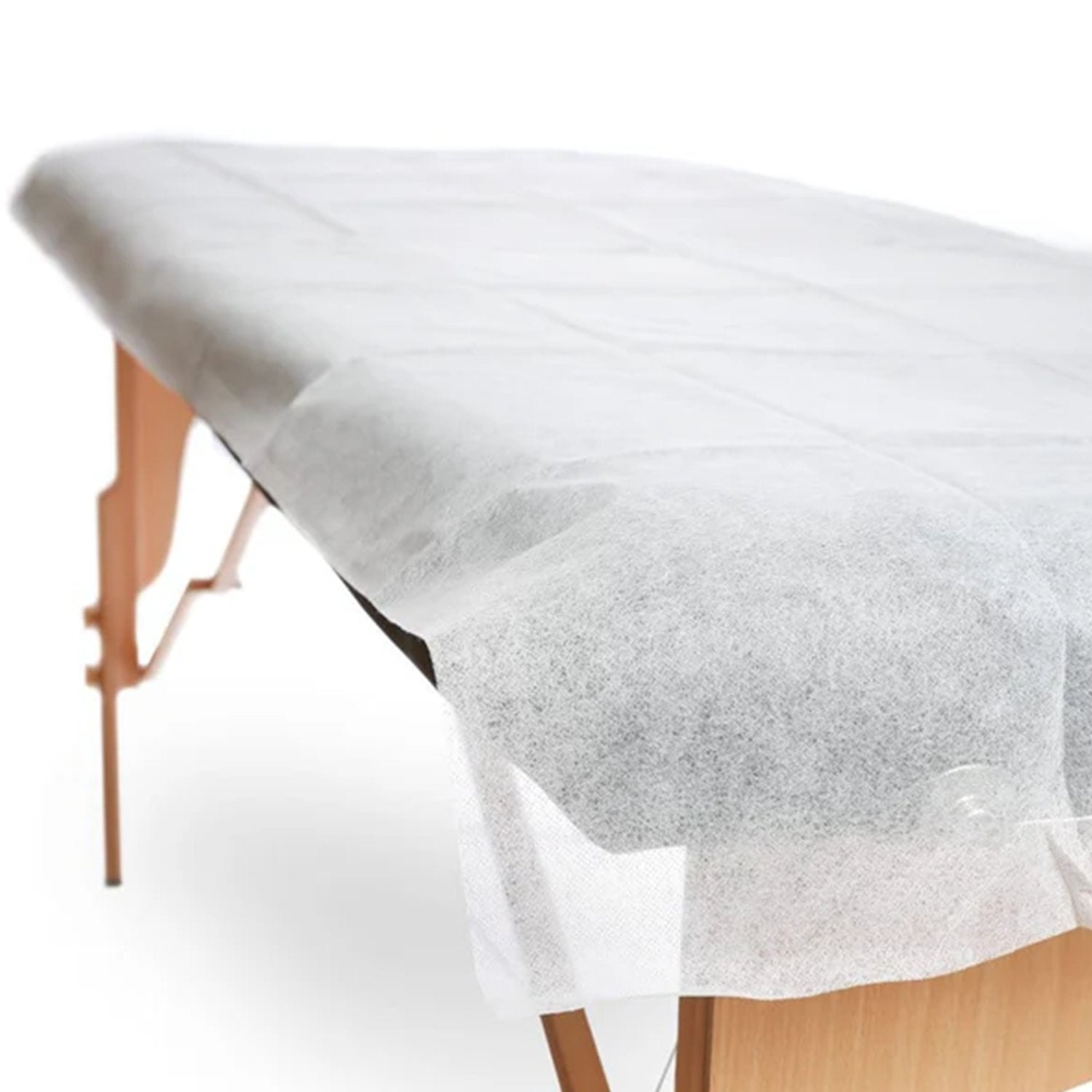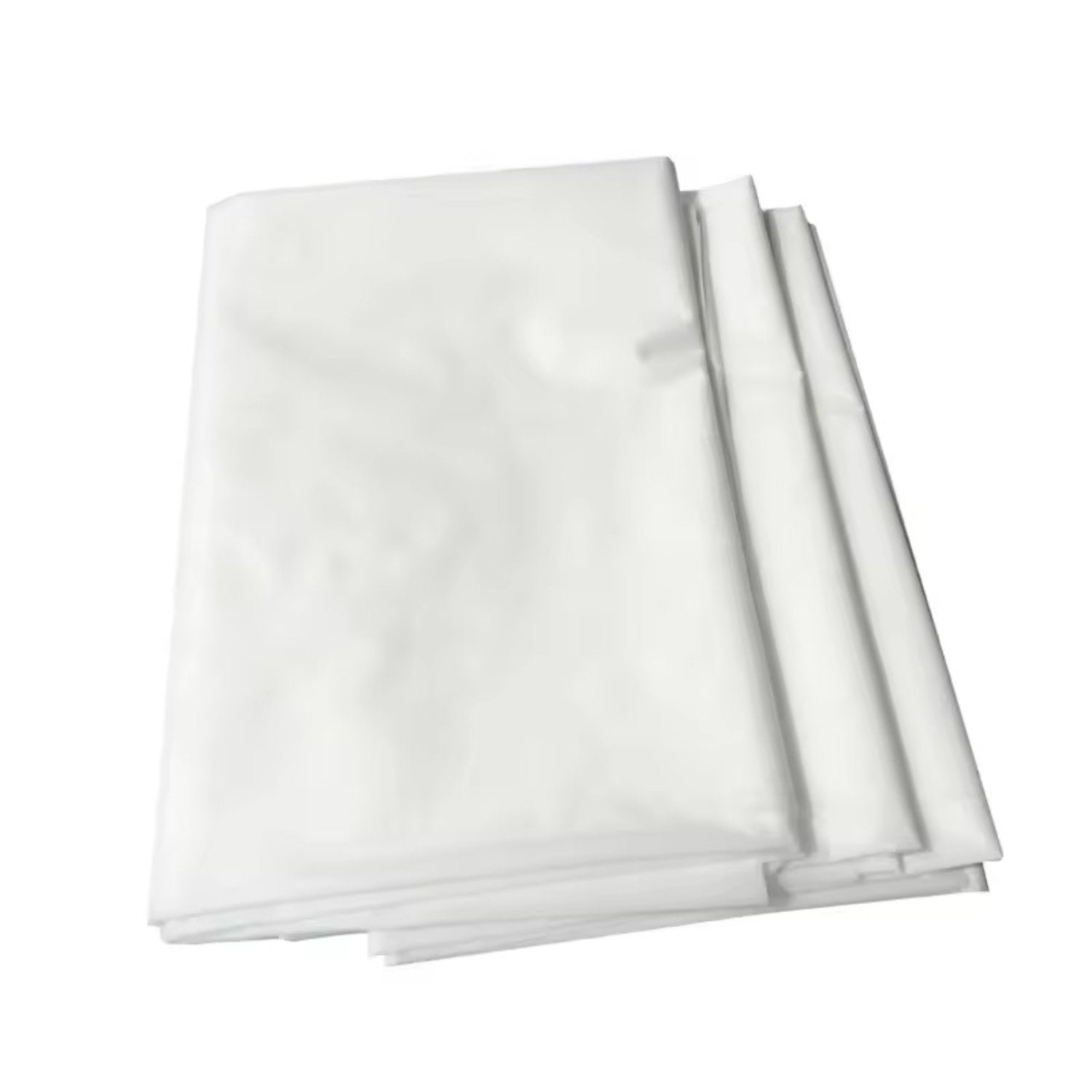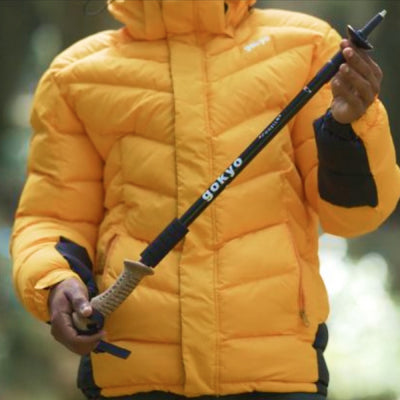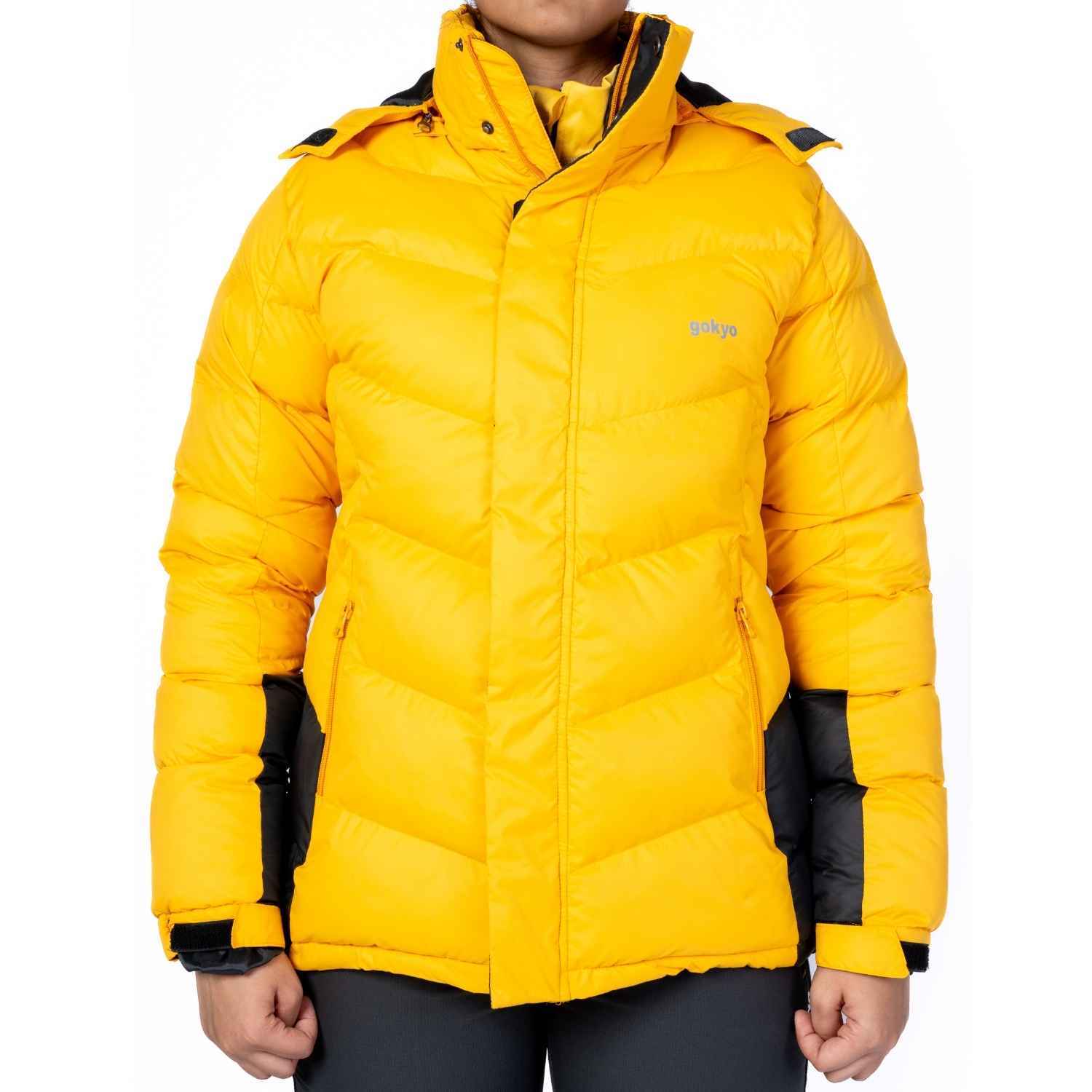Why Sleeping Bags Don’t Keep You Warm in the Cold: Material Matters
Your sleeping bag is one of the essentials, whether you are an advanced backpacker or a convenient camper. But if you ever find yourself rising in the middle of the night cold, even though you have been using a “winter-rated” bag, you’re far from being the only one. So, what is the reason behind sleeping bags not keeping you warm in extremely cold weather? The answer lies in the materials – not only the outer shell, but also the contents within.
The Truth Regarding Sleeping Bags
Despite their rugged look and thermal promises, not all sleeping bags are made equal. Not all manufacturers are the same; some might specify a temperature range, but the efficiency is very much dependent on your sleeping ecosystem, physique, body weight, quality of the fluff and of course – the materials.
Your bag might feel fluffy and comfy for the first few minutes, but the moment the temperature hits sub-zero, insulation collapses.
Synthetic vs. Down: The Core of Warmth
Warmth is the main aspect that sleeping bags require. Thus, the core piece of a sleeping bag is its insulation. For this, two main types exist: synthetic insulation and down insulation.
- Synthetic Insulation: This type of insulation is often made from synthetic polyester fibers. In comparison to other types of insulation, synthetic bags work well in wet conditions since they allow some dampness whilst retaining some insulating capability. On the other hand, they tend to be heavier, bulkier, and less warm per unit weight than down.
- Down Insulation: This type of insulation is obtained from the feathers of duck or goose and down gives excellent warmth in insulating blankets, especially in dry conditions. However, down can only deliver warmth if it is dry. It loses its insulating value when wet unless it is treated with some type of water resistant coating.
A sleeping bag with untreated down or low grade synthetic fill will fail to retain heat effectively in damp or freezing conditions.
Shell and Lining Fabrics: Another Overlooked Factor
They don't seem important at first glance, but the shell of the sleeping bag has an outer layer made of fabric that may seem tough, but it can also impact breathability and wind resistance.
Most of these are also made from lightweight Nylon or Polyester shells, but some use ripstop fabrics with DWR (Durable Water Repellent) coat which protect from wind and moisture. Poor-quality liners, on the other hand, don’t reflect heat back to the body, allowing warmth to escape quickly.
Compression and Insulation Breakdown
We all make the common mistake of putting too much stuffing into the sleeping bags while trying to zip it up in a backpack, a duffle bag or even a travel bag for that matter. This stunts the growth of fluffy structure, which is responsible for trapping warm air. Once this structure is lost the warm air gets lost as well.
It is advised to place your bag in an orderly manner without folding or use a bigger duffle when going for trips. Additionally, don’t be too hard on your bag.
Explore Our Top Trekking Backpacks for Every Adventure
Conclusion
If your sleeping bag is unable to provide warmth during extreme cold, it is probably the bag sleeping bag itself and not the outside temperatures. Knowing what your gear is made of and how to take care of it makes all the difference.
So the next time you're getting ready to venture out on a chilly adventure, remember—stuff counts. Choose wisely, pack smart, and sleep warm.
Frequently Asked Questions (FAQs) :
1. What may be the possible reason for a sleeping bag not retaining warmth during winters?
It can interrelate to many factors, the most crucial include low quality insulation material and chronic compression which results in loft loss. Always ensure the right materials are used and properly stowed away in the dunnage or backpacks where over compression might occur.
2. In what ways can I stay warm inside a sleeping bag?
Wear thermal layers and avoid compressing travel bags too much. By taking necessary precautions, you can stay warm in colder temperatures.
3. Is every sleeping bag suitable for winter?
No. Only those with appropriate down or good quality synthetic insulation along with an adequate temperature rating will be warm enough to use in colder conditions.
4. Can putting a sleeping bag inside of a backpack cause damage to the bag?
Yes, keeping it compressed for long periods will damage the bag as it reduces its loft and ability to insulate. When possible, try using duffle bags to store it loosely.
5. What should you consider when buying a warm sleeping bag?
Consider the type of insulation (down or synthetic), shell material, temperature rating, and whether the brand which claims to offer warm features actually accounts for realistic cold weather conditions.

